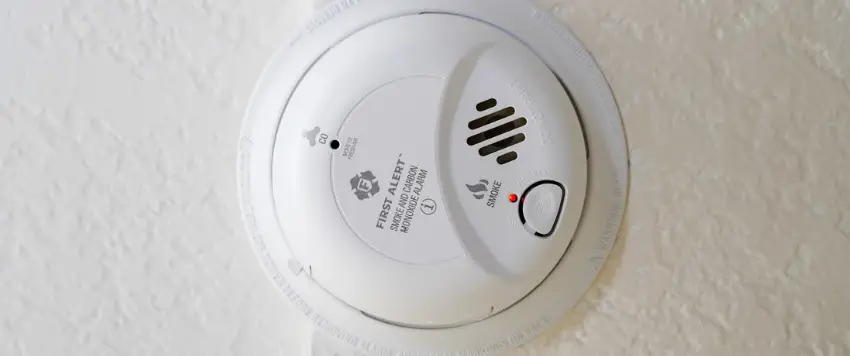The Housing (Scotland) Act is changing on February 1st, 2022, to ensure that all residents have the same level of protection. The new laws are relevant to every property owner, regardless of occupancy i.e. if you are an owner occupier or Landlord/Agent.
What are the new requirements for alarms in Scotland?
Every home should have one smoke alarm installed on the ceiling ‘most frequently used for
general daytime living purposes’ for example the living or dining room.
One smoke alarm in every circulation space on each storey, such as hallways and landings.
One heat detector is to be installed in every kitchen (smoke alarms should not be installed in the kitchen).
All alarms should be ceiling mounted (or as close to the ceiling as possible in the event there are obstructions) and interlinked.
A carbon monoxide detector is also required, in addition to either a smoke alarm or heat alarm, where there is a carbon-fuelled appliance (such as boilers, fires – including open fires – and heaters) or a flue. The CO alarm does not need to be linked to the fire alarms.
Property owners should consider this information however seek professional guidance on installations and locations as appropriate.
Communal Systems
At this time, it is not a requirement for your communal system to be interlinked, nor is it appropriate for internal property alarms to be interlinked with the communal system. This legislation is in reference to ‘inside your property’ only.
Types of Interlinked Alarms you will need in February 2022 in Scotland
There are two types of interlinked fire alarm systems that meet the new rules, these are:
- Sealed Battery Alarms – Tamper-proof long-life (which can be up to 10 years) batteries.
- Mains-Wired Alarms – These are cheaper than tamper-proof long-life battery alarms, but should be installed by a qualified electrician. These should be replaced every 10 years.
Both types of alarm need to be interlinked by radio frequency without the need for WiFi. If the carbon monoxide alarm is battery operated, it must have a sealed battery for the duration of its lifespan, which may be up to 10 years.
Find out more information from the Scottish Government’s website at the following link:
Make sure your home is fire safe – mygov.scot

